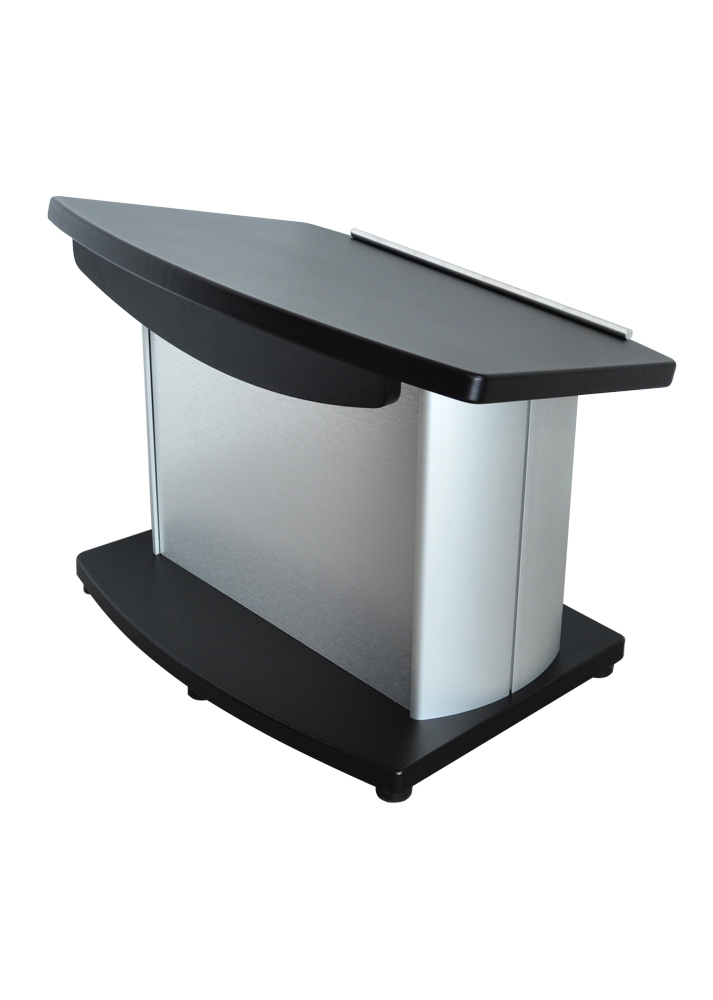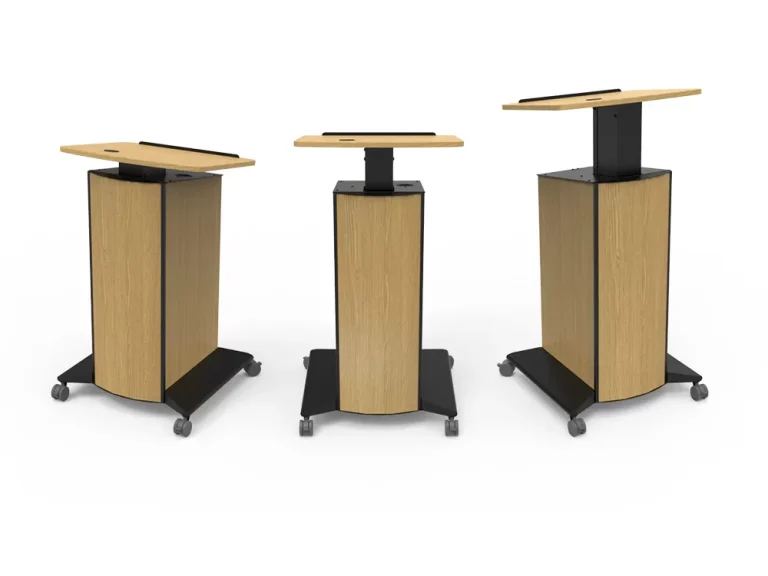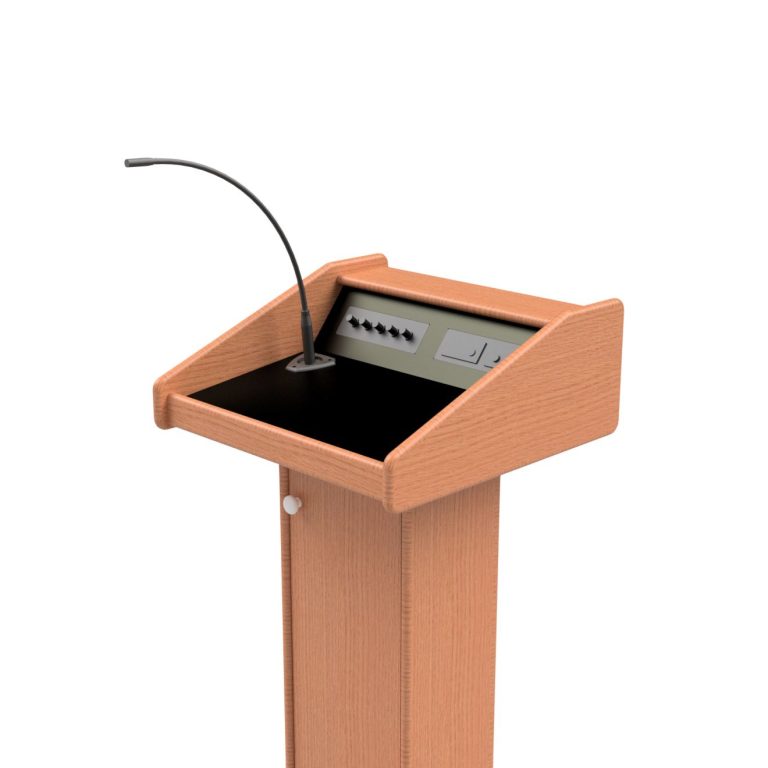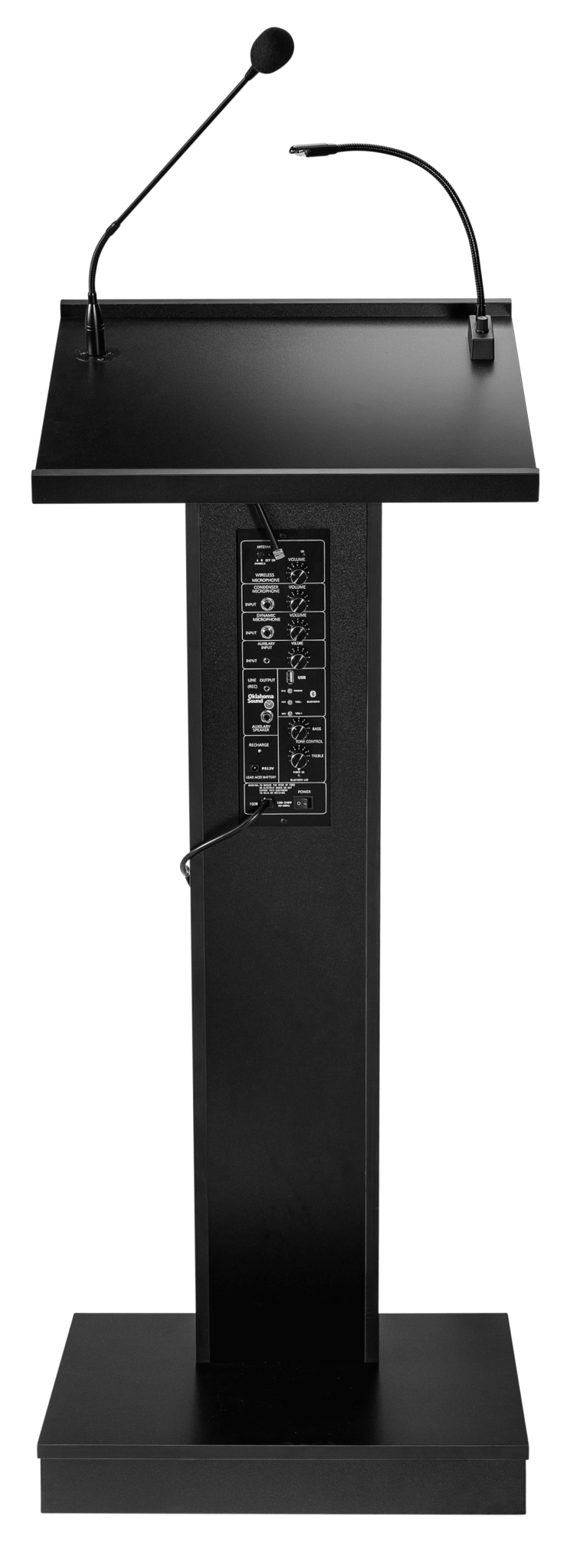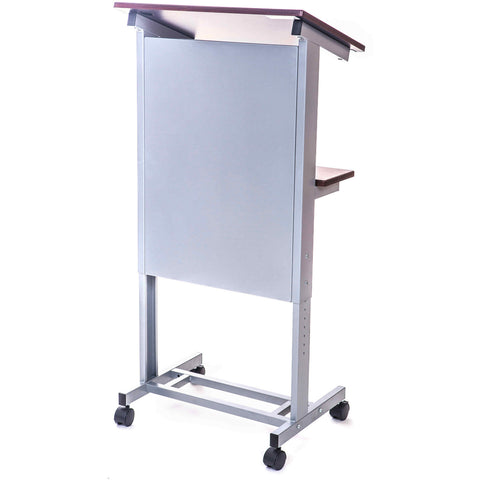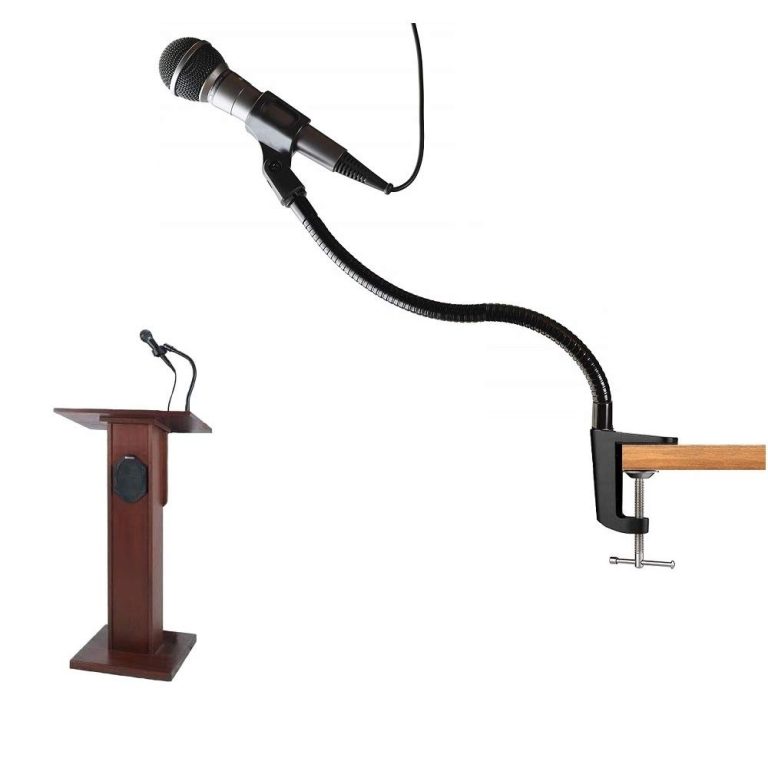What is a Lectern Table? A Complete Guide for Speakers
A lectern table is a piece of furniture where speakers place their notes. Often found in lecture halls and churches, it supports papers or books.
Lectern tables have been around for centuries. They serve a simple yet important purpose. When giving a speech, having a sturdy surface for notes is essential. Imagine trying to balance your papers on a wobbly stand. Not ideal, right? Lectern tables solve this problem.
They provide a stable spot for notes, making it easier to engage with an audience. In this blog, we will explore what makes a lectern table unique. We will discuss its design, uses, and why it remains a staple in public speaking spaces. Stay tuned to learn more about this functional piece of furniture.

Credit: picturehangingdirect.com
Introduction To Lectern Tables
Lectern tables are essential pieces of furniture in various settings. They provide a surface for speakers to place their notes or devices. This introduction gives you an overview of their significance and design.
History And Evolution
The history of lectern tables dates back to ancient times. In medieval Europe, lecterns were used in churches. They held religious texts, aiding priests in delivering sermons. Over time, their design evolved. Modern lecterns are more versatile and user-friendly. Today, they come in various materials like wood, metal, and plastic. Their styles range from traditional to contemporary.
Importance For Speakers
Lectern tables offer several benefits to speakers. They provide a stable surface for notes, laptops, and other materials. This helps speakers stay organized and focused. They also help in maintaining a good posture. The height is often adjustable, catering to different user needs. Lecterns also come equipped with built-in microphones and lights. This enhances visibility and sound quality during presentations.
Here is a quick comparison of traditional and modern lectern tables:
| Feature | Traditional Lectern | Modern Lectern |
|---|---|---|
| Material | Wood | Wood, Metal, Plastic |
| Design | Ornate | Sleek |
| Additional Features | None | Microphones, Lights |
- Stability: Keeps notes and devices secure.
- Posture: Promotes better posture for speakers.
- Versatility: Suitable for various settings.
Lectern tables are more than just furniture. They are tools that support effective communication. Whether in a classroom, conference hall, or place of worship, they play a crucial role. Understanding their history and evolution helps appreciate their importance today.
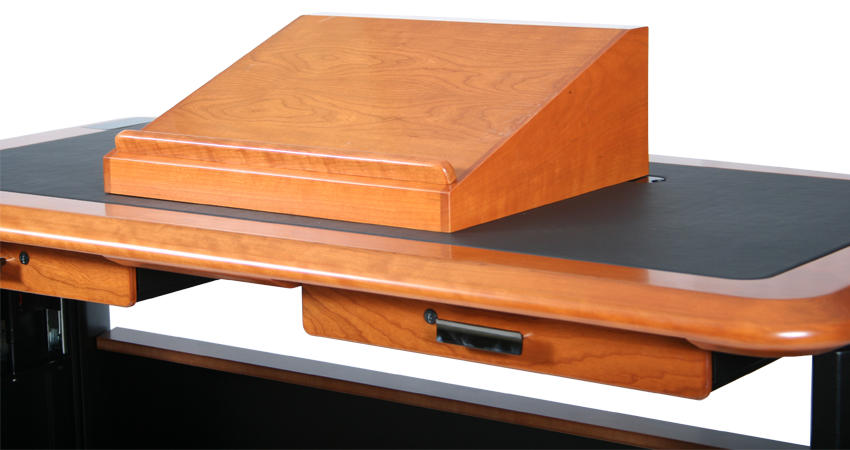
Credit: www.carettaworkspace.com
Types Of Lectern Tables
Lectern tables come in various styles and designs. They serve different needs and environments. Understanding the types of lectern tables can help you choose the right one for your needs. Below, we discuss two popular types: portable lecterns and standing lecterns.
Portable Lecterns
Portable lecterns are easy to move and store. They are ideal for events and presentations that need flexibility. These lecterns are often lightweight and compact. You can set them up quickly and transport them with ease.
Here are some features of portable lecterns:
- Lightweight construction
- Foldable design
- Easy to assemble
- Compact for storage
Portable lecterns often come with a carrying case. This makes them convenient for travel. They are perfect for speakers who move from place to place.
Standing Lecterns
Standing lecterns are more stable and durable. They are designed for permanent or semi-permanent setups. These lecterns provide a solid surface for notes, books, and devices.
Key features of standing lecterns include:
- Sturdy construction
- Fixed height
- Large surface area
- Storage shelves or compartments
Standing lecterns are commonly used in classrooms, churches, and conference rooms. They offer a professional appearance and support longer presentations.
Choosing between portable and standing lecterns depends on your specific needs. Consider the environment and the frequency of use. Both types have their own advantages and serve different purposes.
Features To Consider
A lectern table is a versatile piece of furniture. It is essential for classrooms, conferences, and presentations. When selecting a lectern table, several features are crucial. These features ensure it meets your needs efficiently.
Material And Durability
The material of a lectern table affects its durability. Common materials include wood, metal, and plastic. Wood provides a classic and sturdy look. Metal is robust and often lightweight. Plastic is affordable and easy to move. Consider the environment where the table will be used. High-traffic areas may need more durable materials.
Adjustability And Ergonomics
Adjustability is key for comfort and usability. Look for lectern tables with height adjustment features. This ensures users of different heights can use it comfortably. Ergonomics play a vital role too. A well-designed table helps prevent strain. It should support natural posture and movements. Features like tilt adjustment can enhance this.
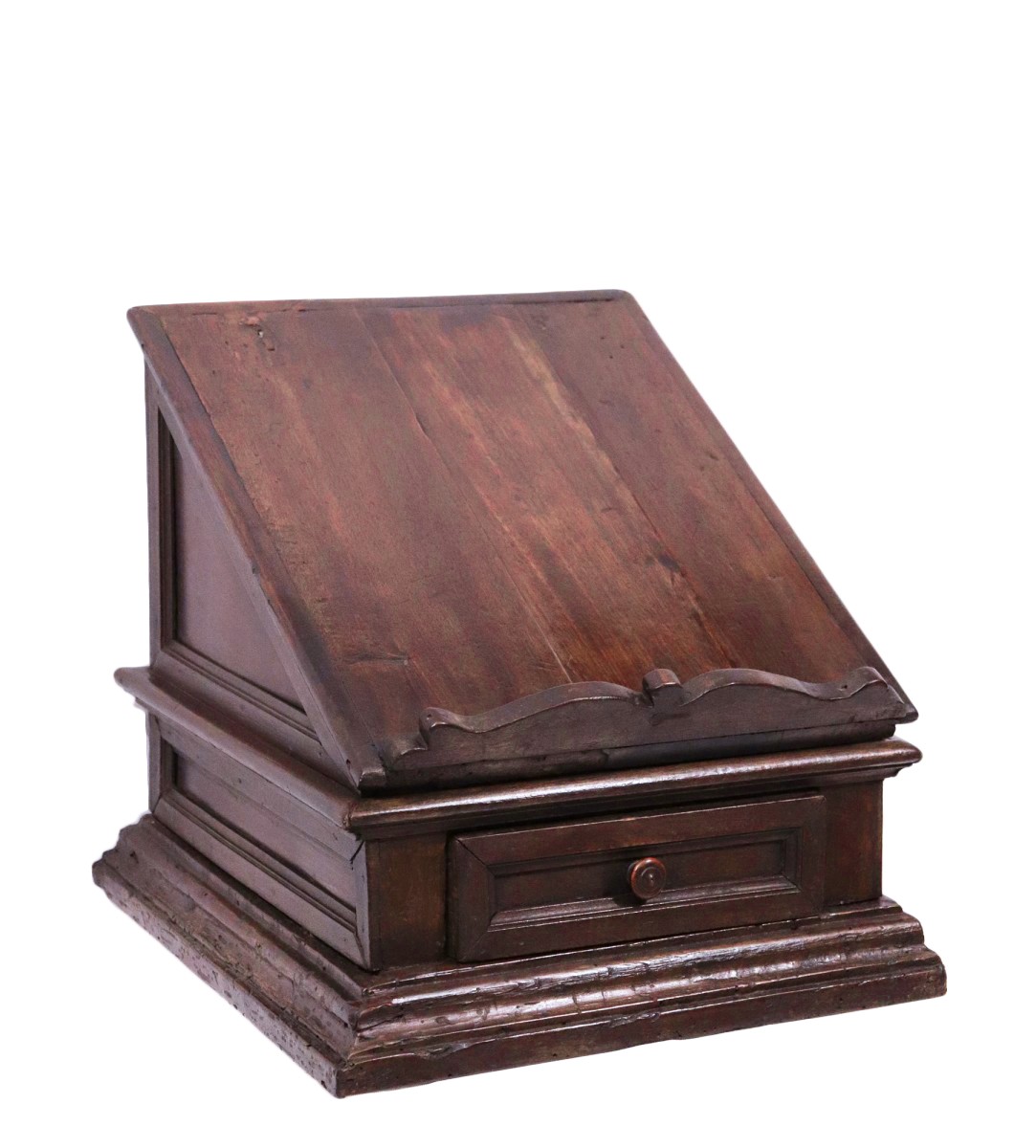
Credit: www.anticstore.art
Using A Lectern Table Effectively
Using a lectern table effectively can elevate your speech delivery. A lectern table provides a sturdy platform for notes, devices, or other materials. Here, we will explore the best practices for setting up and delivering a speech using a lectern table.
Setting Up
Proper setup of a lectern table is key to success. Place the lectern in a central location. This ensures visibility for all audience members. Adjust the height of the lectern table to a comfortable level. This helps maintain good posture and eye contact.
Organize your materials neatly on the lectern. Use folders or clips to keep papers in place. Ensure any electronic devices are fully charged. Check that cables are tidy and do not obstruct your movements.
Delivering A Speech
Stand close to the lectern, but do not lean on it. This shows confidence and professionalism. Use your notes as a guide, but avoid reading them verbatim. Maintain eye contact with your audience to keep them engaged.
Use hand gestures to emphasize key points. Keep your movements natural and not exaggerated. Speak clearly and at a steady pace. Use pauses to let important points sink in. Monitor your audience’s reactions and adjust your delivery as needed.
By following these tips, you can use a lectern table to enhance your speech delivery and connect with your audience.
Frequently Asked Questions
What Is A Lectern Table?
A lectern table is a stand used to hold papers or books for reading. Often seen in lectures.
How Is A Lectern Table Used?
A lectern table is used for speaking events. It holds notes and books for the speaker.
What Materials Are Lectern Tables Made Of?
Lectern tables are often made of wood, metal, or acrylic. They vary in design and style.
Conclusion
A lectern table serves many practical purposes. It offers a platform for speakers. Teachers, presenters, and public speakers find it useful. It holds notes, books, or laptops at a convenient height. Its design often includes storage space. Lectern tables come in various styles and materials.
They fit well in classrooms, offices, and event spaces. Easy to use and transport, they enhance presentations. A lectern table is a valuable tool for effective communication. Consider adding one to your setup.
